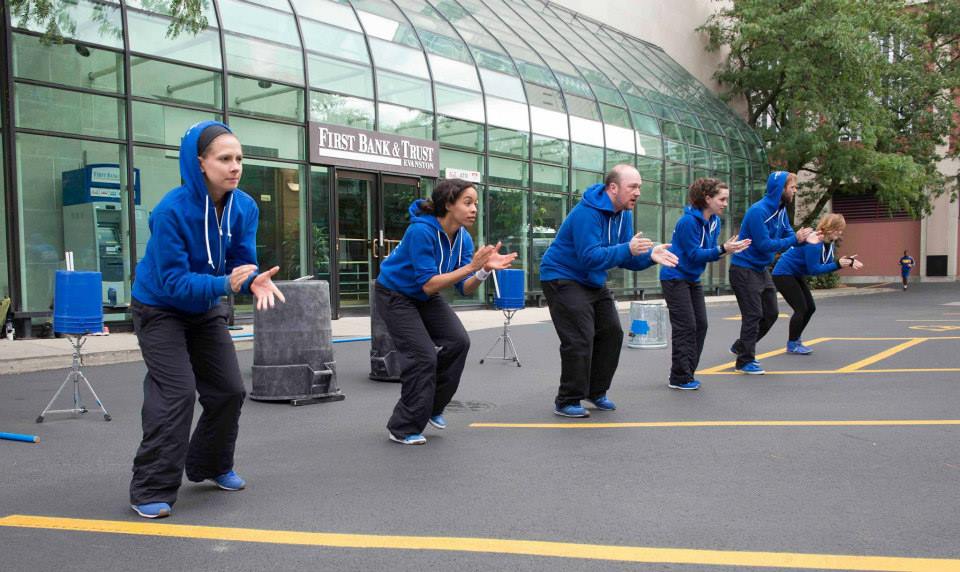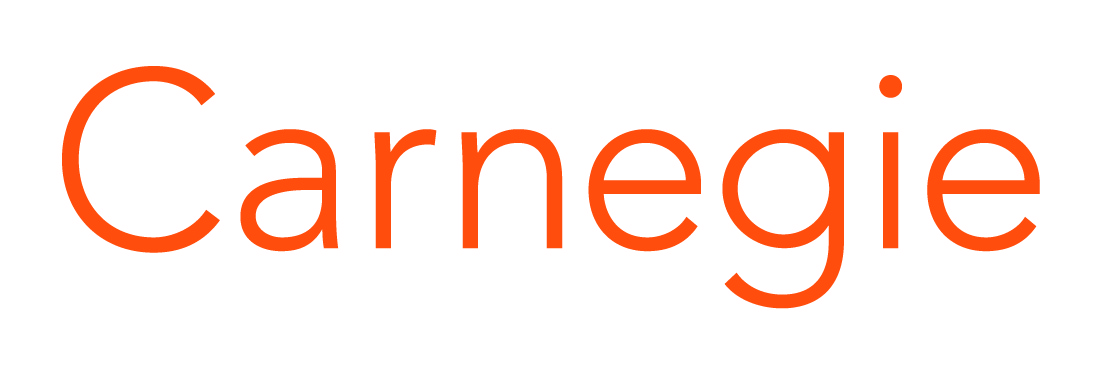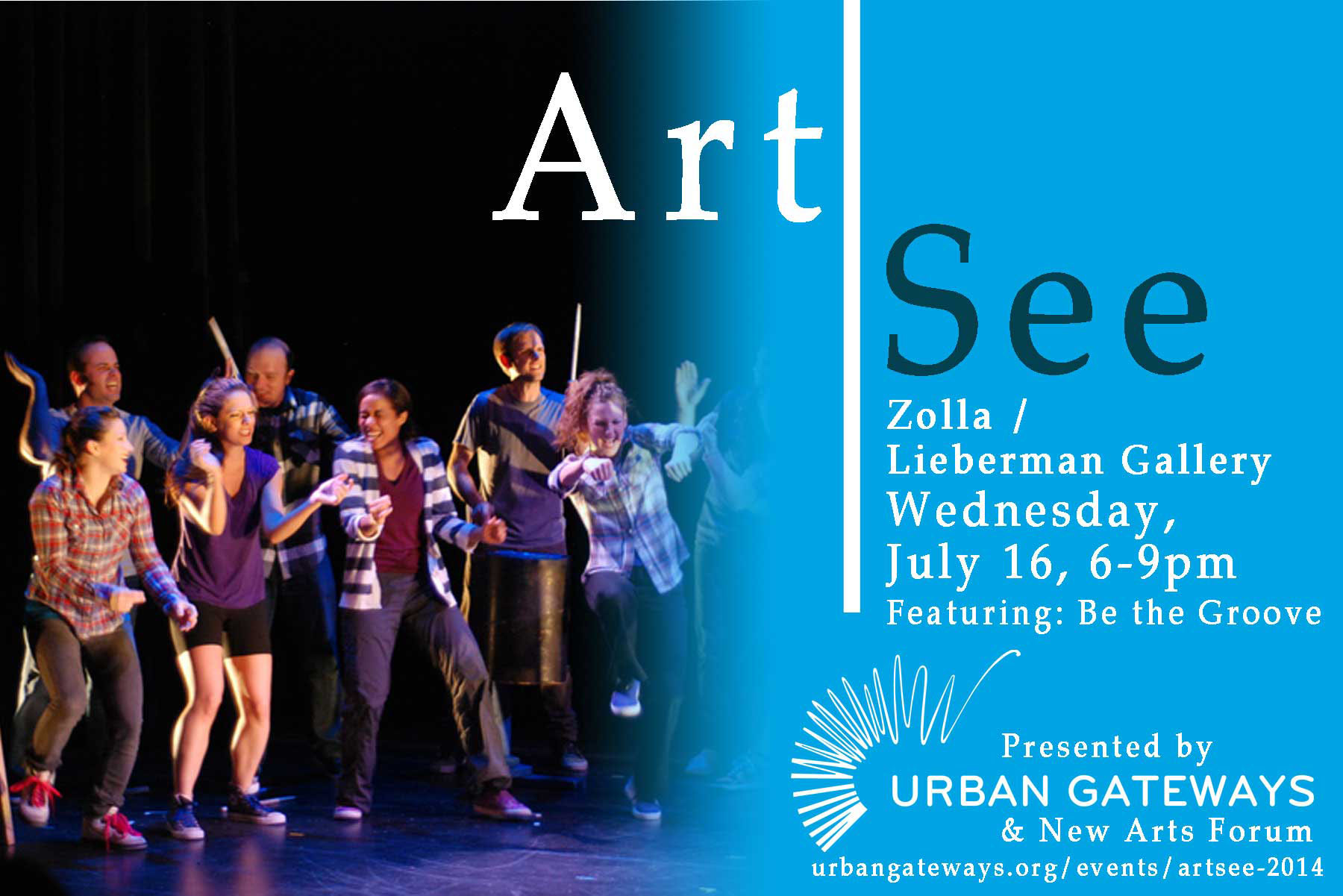ArtSee, the party for arts education that we’ve been looking forward to for months, is happening at Zolla/Lieberman Gallery next Wednesday, July 16 (tickets only $20 – reserve one here). Between the sculpture exhibit, art-making, performances, and refreshments, you probably need no convincing that it will be a great time for a great cause. But just in case, here we bring you a Q+A with Kevin Brown, Urban Gateways teaching artist and performer/Director of Education with rhythmic performance ensemble Be the Groove, which will grace us with a live body percussion performance at ArtSee.
Enjoy Kevin’s thoughts on rhythm, expression, and education, and we’ll see him and you on July 16!
UG: First things first: Can you tell me a little about Be the Groove’s origins and how long you’ve been involved?
Kevin: Be the Groove was co-founded in 2006 by Artistic Director Stephanie Paul as an outlet for a uniquely rhythmic technique of movement and percussive choreography. I joined the group the next year after graduating from Northwestern University in 2007. At the time, most of the cast had collaborated together in a student group at Northwestern called Boomshaka, which recently celebrated its 15th year. For many of us it seemed like a natural progression to continue exploring the rhythmic possibilities of performance after college, and in the years that followed we found a number of other artists in Chicago who shared our interest.
How would you sum up the Be the Groove aesthetic (in your own words)?
Be the Groove is a collaborative ensemble that creates nuanced and syncopated pieces exploring rhythm and its potential to energize and inspire. We subscribe to the broadest concept of “rhythm” that allows for any repeatable pattern of sound or movement. This focus lends itself to historically rhythmic forms of dance and traditional percussion instruments but also challenges traditional notions of musical instrumentation. Our definition of “percussion” accounts for any object that creates sound, including the human body, and we also emphasize the potential of the body to generate silent rhythm in a purely visual way. The result is an aesthetic that both embraces and questions the expectations of a dance group performing with music.

Why is this art form important to you?
The infinitely mathematic properties of rhythm combine with the ever-growing capabilities of the human body to create a platform with seemingly limitless potential for technical proficiency. Meanwhile, both music and dance are accepted modes of personal expression, and there is a balance to be struck between entertaining your audience and challenging their understanding of what is conventional and accessible. Part of the appeal of Be the Groove, I think, is that despite its polish we’re ultimately advancing a technique that anyone can learn.
Why is this performance style important educationally and for the broader community?
A key factor in the success of Be the Groove is the cooperative energy required to generate work like ours. While each company member brings certain strengths to the table, no single individual is featured over the course of a performance. Instead, audiences and students are hopefully left with an appreciation for the collaborative efforts involved in the creative process, and an understanding of teamwork is invaluable when applied to any number of fields.
You’re also a teaching artist with Urban Gateways: How does your work with Be the Groove translate to your classroom teaching?
The first big connection I like to draw for students is between music and dance. They share a reliance on rhythm, with the former being aural and the latter being visual. From there I emphasize our collective ability to create rhythm anywhere, with anything. In addition to being a socially accepted alternative to a traditional drum, a bucket also sounds great and is a perfectly valid medium for exploring rhythmic complexity. I also like to highlight the rhythms of the natural world in everything from the progression of the seasons to the patterns in our daily routines.
When Be the Groove does educational outreach performances and workshops, how does the experience seem to impact young students?
When students are asked to solo in one of our educational programs, no one is exempt. Once we define a solo as something performed alone and (in our case) improvised, we drive home the single necessary component for a good solo: Confidence! After establishing a supportive environment and emphasizing the fundamentals of rhythmic patterns, students will ideally use their moment in the spotlight to simply be themselves rather than becoming preoccupied with the technical proficiency of their solo. Our hope is that they come away with a familiarity with collaboration as well as a stronger sense of self.
Your promo video looks energetic, to say the least! And very fun. Can you describe what ArtSee attendees can expect from your performance at the event?
The current plan is to perform entirely without instruments. Our Associate Artistic Director, Kevin Durnbaugh, has developed a technique using snaps to make the body sound like a drumset, which we will likely showcase along with some of our more traditional footwork and body percussion, reminiscent of step dancing with tap and hip-hop influences.
Why do YOU support arts education in Chicago schools?
Having taught and performed in a wide variety of schools through the Chicago area, I have found that the language of rhythm and the energy of performance is universal, holding the power to unite classrooms and inspire individual confidence. In a landscape as uncertain as Chicago, the arts provide a reliably safe space for expression and personal development that is crucial to healthy learning in other academic subjects and in life.
Check out Be the Groove’s promo video, and see you at ArtSee on July 16!
Thanks to ArtSee Sponsors:





